Why sample?
It is not practical to record every single invertebrate. Instead you can take a representative sample.
Since many woodland invertebrates are mobile, the number of individuals at a particular site can change rapidly. Woodland iinvertebrates are rarely distributed evenly. So to take an unbiased sample, you must use the same sampling technique at all sites.
If you are comparing two or more areas, take several random samples at each area. If you are investigating the effect of an environmental gradient, take a stratified sample. Here are some examples of sensible sampling strategies:
- Investigation question: is there a difference in ground invertebrate species between the oak wood and the beech wood?
Sampling strategy: 5 samples are taken in oak wood, and 5 samples are taken in the beech wood. - Investigation question: what is the impact of position on slope on ground invertebrate species?
Sampling strategy: 10 locations are chosen at 20 metre intervals.
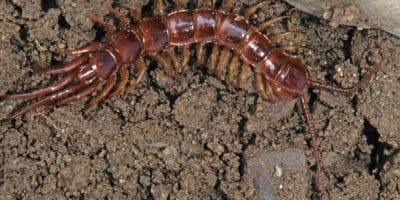
Soil invertebrates
nvertebrates in leaf litter and soil generally move by running or crawling, although some may also be able to fly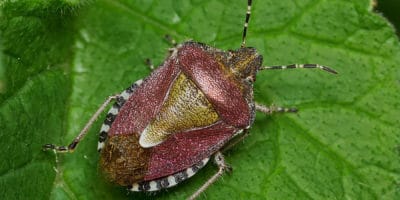
Invertebrates on Trees and Bushes
Invertebrates on leaves and stems can move by running or crawling or flying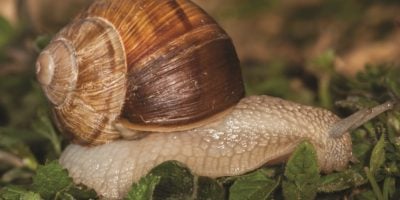
Mark, Release and Recapture
Estimating the size of populations of invertebrates or small mammals in an area
Secondary and Further Education Courses
Set your students up for success with our secondary school trips and courses. Offering excellent first hand experiences for your students, all linked to the curriculum.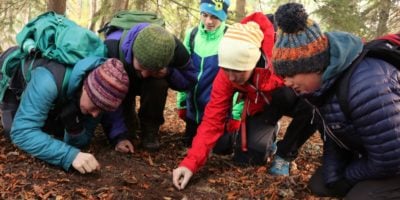
Group Leader and Teacher Training
Centre-based and digital courses for teachers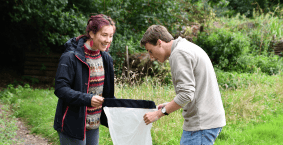
Experiences for Young People
Do you enjoy the natural world and being outdoors? Opportunities for Young People aged 16-25.
